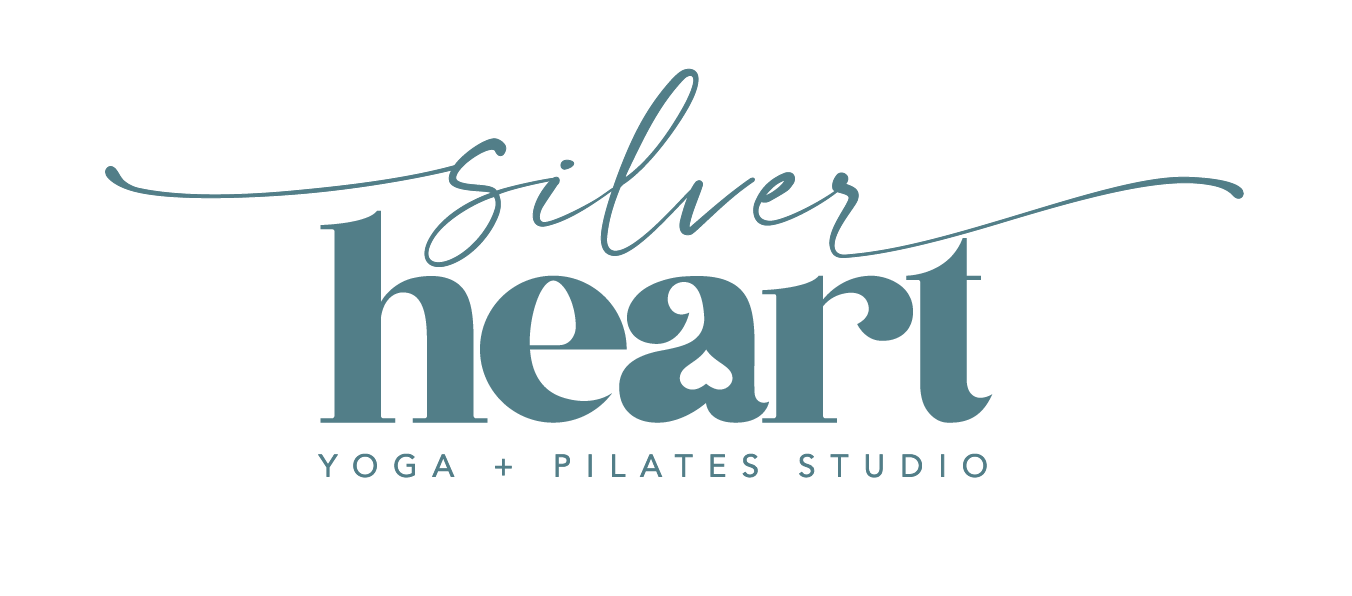TO ICE OR NOT TO ICE-THAT IS THE QUESTION!
If you’ve read or listened to “The Wim Hof Method” book then you probably have heard of the ice shower or bath that’s really become popular in the past few years.
After reading this book and thinking, what a great idea! The benefits seem so amazing. I thought I’d give it a try. Knowing also that some of Wim Hof’s benefits are scientific and others are anecdotal.
Being through so many surgeries and a few life tragedy’s I’m all for a bit of both.
Wim Hof states to start with the 15 second cold shower, I decided that's about all I can do. What I personally found is that I definitely get a jolt of energy, my heart starts racing and I couldn’t think of anything else except the fact that I am freezing cold- anecdotally I was definitely staying in the present moment. My mind was unable to overthink or race on about things I can’t control, except to turn the water a bit warmer!
So from this perspective I completely get the cold bath, shower concept.
But from an injury standpoint is ice good for us?
When I sprained my ankle, It was the only thing besides Aleve that would numb the pain. I spent a good portion of my day in my iced foot bath!
I was listening to the Clinical Gap podcast and he talked about the newest research behind icing an injury and ice baths for physical performance.
My takeaway:
“Maybe Cold water immersion can be helpful or a small add on to your performance because you are less sore, but still the most important part of your recovery is sleep, eating a balanced diet and your exercise programing is balanced”
"If you have pain from an injury, feel free to apply ice for pain relief but understand that is not going to make much of a difference in the recovery process."
In The Book “Built to Move” by Kelly and Juliet Starrett, in the Chapter “what to do when you hurt” The evidence of icing an injury is pretty set.
My takeaway:
According to The Starret's research “Our body has a very effective system for healing damaged tissue and cells. The body sends in repair and cleanup crews and icing virtually stops that crew by delaying the chemical signals that normally send them racing to the traumatized spot.”
"Heat is soothing and can help with pain, heat also increases circulation. When you have an injury, heat wins over ice."
There is also a new acronym taking over the sports world called PEACE and LOVE instead of RICE:
P-Protect (avoid activities that increase pain the first few days after injury)
E-Elevate (Elevate the injured limb higher than your heart if possible)
A-Avoid anti-inflammatories (anti-inflammatories and icing slow healing)
C-Compress (use elastic bandages or tape to reduce swelling)
E-Educate (avoid unnecessary passive treatment)
&
L-Load (let your body tell you when it’s safe to load again)
O-Optimism (be confident and positive)
V-Vascularization (choose cardio activities to get your heart rate up without causing pain)
E-Exercise (take an active approach to recovery)
What I learned from this information is that ice baths are great, if they feel great for you! But scientifically icing an injury is not a helpful treatment for the healing of an injury, but it can take the pain away.
I now won’t feel bad not bringing an ice pack to the pickleball courts!
I’m also sure there are a lot more people working on these types of experiments, and the beautiful thing about science is that it often changes. Maybe in the future this thought may change as it has in the last decade.
PEACE & LOVE!

